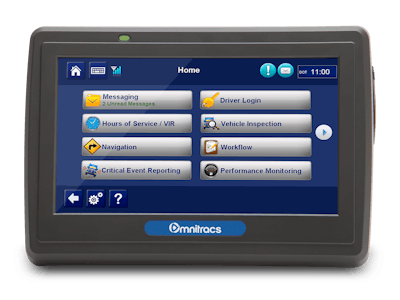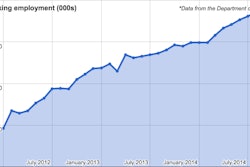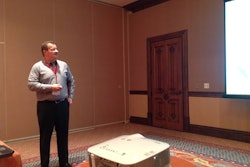
Prior to making this announcement, XRS shares were trading at $3.02. After the announcement, shareholders realized an 85 percent gain on their stock holdings. But the two companies still had to wait until the afternoon of Friday, Oct. 31, the day the transaction was finalized, to open up the communication lines and do the hard work of integrating the two companies.
On Monday, Nov. 3, the chief operating officer of Omnitracs, David Post, arrived at XRS’ corporate office in Eden Prarie, Minn., to meet with employees. The first item on his agenda was to explain the vision of the acquisition and welcome them to Omnitracs. He also laid the foundation for integrating the two companies, starting with the first 30 days.
“The organizations are getting to know each other,” said Post.
XRS is the second acquisition Omnitracs has made since it was purchased from Qualcomm in November, 2013, by Vista Equity Partners. In December, 2013, the new Omnitracs owned by Vista bought Roadnet Technologies, a provider of fleet management software solutions to private fleets.
Post believes Omnitracs is the best possible home for the technology, employees and customers of XRS. The core technology of XRS is a small, in-cab Relay device that communicates via Bluetooth with a wide range of compatible devices, including the driver’s existing smartphone or tablet.
XRS has been offering the Relay device to fleets for no up-front cost with a subscription to its software-as-a-service platform that includes electronic logs, integrated messaging, vehicle and driver performance data, and all other features traditionally associated with onboard computers.










